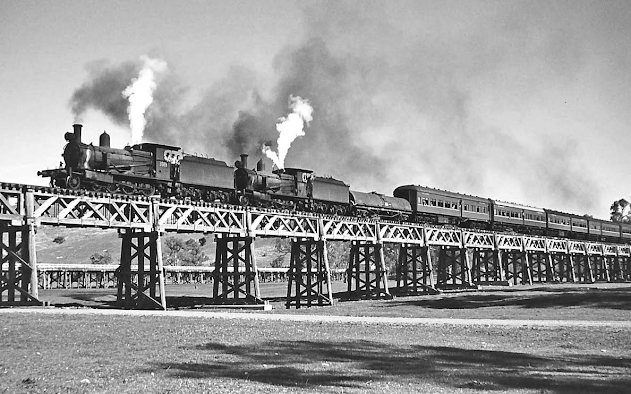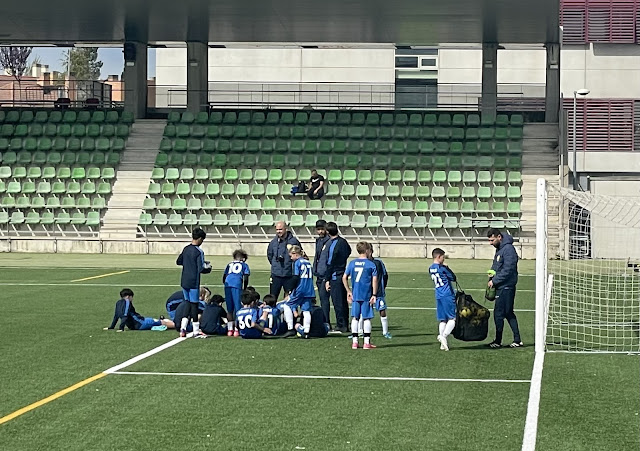20250408 It’s still the same day as we continue our walk along the streets of Madrid, the main homes are units, mainly because it has almost 3.5 million inhabitants and a metropolitan area population of approximately 7 million. Madrid began in the 9th century with the founding of a fortress named "Mayrit" by the Emir Muhammad of Córdoba, the city flourished under Arab rule but was later reconquered by Christians when it became part of the Kingdom of Castile. In 1561, Madrid was officially made the capital of Spain by King Philip III.
Check out these buildings they are so beautiful and unique and I did notice there are no cloths lines hanging outside, but don’t be deceived there’s a lot of little nooks and crannies hidden out the back of these buildings.
Sharyn and Hamish were checking out another sports store when I noticed a heap of people outside of this restaurant, being me I went to investigate only to find out it’s the oldest restaurant in the world, dating back to 1725. The struggles of any restauranteurs to simply survive to the end of a lease can be an achievement and I’m sure Restaurant Botin has had his fair share of problems but this guy made it into the Guinness World Book, as the oldest restaurant in the world.
I found this photo on Google, Wow! now I wish we would have eaten there just so I could have seen the inside.
Arco de Cuchilleros is the pink building and it’s the archway that has a historical significance reflecting the city's past. The street's name, "Cuchilleros," translates to "cutlery workers," indicating the presence of knife and sword makers in this area, now lets go and check it out.
An historical moment for Sharyn and Hamish as they stand inside the The Arco de Cuchilleros (Cuchilleros Arch), originally designed by Juan Gómez de Mora in 1617 to connect the Plaza Mayor with the Calle de los Cuchilleros.
The arch today is largely the work of Juan de Villanueva, who rebuilt the Plaza Mayor after the devastating fire of 1790. As you can see it has a more modern look.
We then stepped inside of “The Plaza Mayor” a major public space in the heart of Madrid, which was once the centre of Old Madrid, it was first built (1580–1619) during the reign of Philp III. Take a look at the road, is paved with rectangular square cobblestones that you will find in many Spanish plazas.
I found this photo of what the old Plaza was once like back in the 15th century where it was originally called the "Plaza del Arrabal" and was used as the main market of the town. In 1561, the plaza was transferred to the city of Madrid.
Philip III is depicted with a young and smiling face, wearing armour and a collar of the Order of the Golden Fleece and the statue is notable for being one of the first equestrian statues to feature the horse resting solely on its back legs.
Check out the art on this building unfortunately it’s not the original art due to fire damage, the first building was completed in 1619 but it was 1988 the Madrid City Council convened a public contest to undertake the decorating of the facade, due to the severe deterioration of the paintings done by the original painter in 1914. Many artist were invited to participate in a contest to restore the art and Carlos Franco won with a design based on mythological figures such as Cybeie, Proserpine, Bacchus and Cupid and many others invented by the artist.
| The Market of San Miguel is a covered market that was first built in 1916, it has since been privately bought and renovated. It’s a gourmet tapas market, with over 30 different vendors selling a wide variety of freshly prepared tapas, hams, olives, baked goods and other foods and lets not forget Beer, wine and champagne. |
Not my type of food and nice on a pizza but they are popular in Spain and I’m sure my son in-law would love them. Here we have various types of Spanish chorizo and salami wrapped in paper cones with labels indicating the type of sausage and price.
The things you find when travelling to a different part of the world, but I couldn’t go past this swordfish, which is easily recognisable by its long, flat bill, which they use to slash at prey. They are obviously popular in Madrid, but then again, all seafood seems very popular here.
European flounder: (Platichthys flesus): Found in Europe, this species can grow up to 50cm long.
The strong smell of seafood was enough for me so I took my photos and found Sharyn & Hamish and left in search of a cafe. The days are long here and the sun doesn’t go down till late so there’s plenty of hours in the day although the energy runs low towards the end of the night as we fall into bed.
It’s after 1pm and we finally stopped for lunch, before you order in Spain, a small bowl of olives are set on the table. I’ve never been one for olives but omg I can’t stop eating them, they are delicious. We had a lovely lunch then decided to take the double decker bus tour around the city, mainly to save our legs.
Double Decker Bus Next

















Comments
Post a Comment